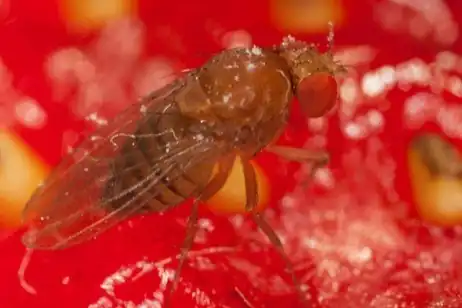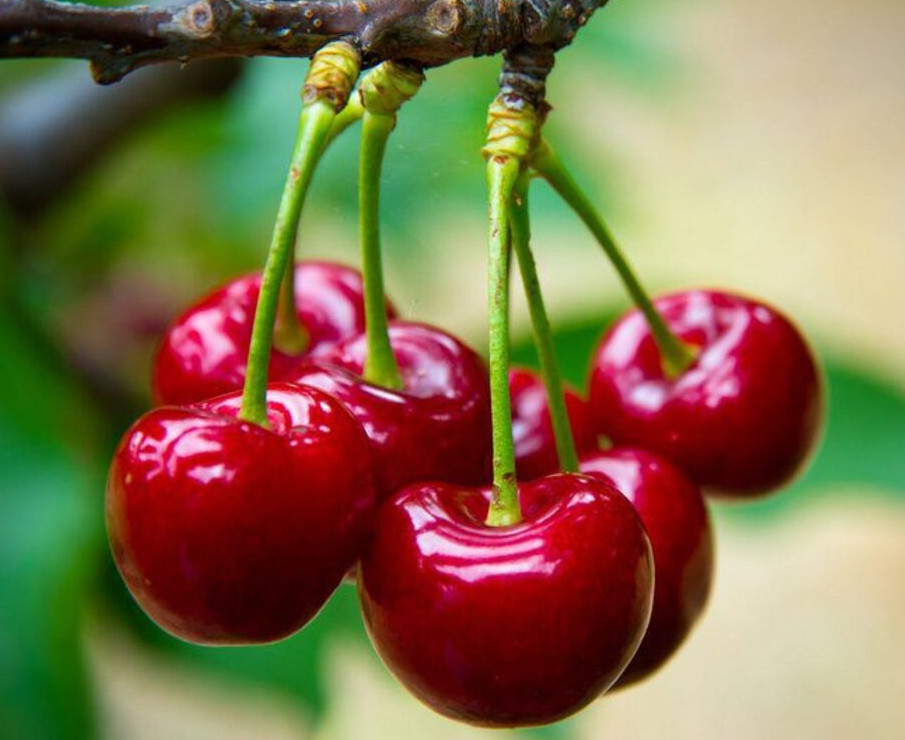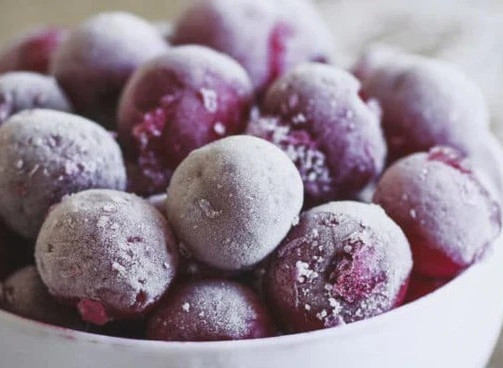A Portuguese project has tested various solutions to combat the scourge of Drosophila suzukii, a fruit fly that causes severe damage in orchards. With a short life cycle, this species can destroy up to half of a farm's production.
Fruit fly and orchard damage
We’ve all come across punctured fruit or tiny fruit flies invading our kitchens. Over time, farmers and citizens have grown used to these pests, but the Drosophila suzukii species, which targets healthy fruit, has become a true plague in orchards. To mitigate its effects, a Portuguese project sought the best way to control this fruit fly.
Originally from Japan, this infestation has affected European agriculture since 2009, causing yield losses ranging from 20% to 50%. In less than ten years, it caused over €40 million in damages in Italy alone. It primarily feeds on berries, such as blueberries, strawberries, and grapes. “When food is available and the climate is favorable, the spread and development of Drosophila suzukii become exponential,” says João Cardoso Lopes, head of Quinta da Enxertada.

Strategies and EU funding
To address the issue, the farm, in collaboration with the University of Porto and the Polytechnic Institute of Viana do Castelo, developed the STOP.SUZUKII project, funded under the Norte 2020 program, which provided about €625,000, including €464,000 from the European Regional Development Fund (ERDF).
Due to limited knowledge about this pest in Europe, the project tested several solutions, from traps to the use of natural predators of Drosophila suzukii. João Cardoso Lopes stresses that no “magic formula” was found, but rather a holistic approach that helps farmers adapt to its presence. The project introduced “a set of solutions to be applied concurrently, aiming to reduce the effects, which cannot be completely eliminated.”
Project goals and outcomes
What was the objective of the STOP.SUZUKII project?
The goal was to better understand this pest, mitigate its impact, and find ways to fight it. The idea was to identify what this plague is, which is rapidly spreading across the country and Europe with serious consequences. We aimed to learn more about Drosophila suzukii, find ways to slow its spread, fight it, and make fruit more resistant both in the field and post-harvest during transport to consumers worldwide.
Impacts and solutions against Drosophila suzukii
What are the impacts of Drosophila suzukii?
It’s not very different from other drosophila species, but it has specific traits. With no well-adapted natural predators and limited farmer knowledge on how to fight it, it becomes harder to control and spreads faster.
It has a short life cycle, but an extremely fast reproductive cycle. A single drosophila can produce thousands of offspring in just a few days. Once an infestation begins in the field, it can be devastating. The drosophila pierces the fruit, lays eggs, and within two or three days, the larvae begin to deteriorate the fruit, which becomes soft, loses consistency, rots, and after a few days, the larvae fall to the ground, continuing the cycle.
In short, it behaves like the common fruit fly we’re used to, which causes punctured fruit, but as a new species in our environment, it causes much more severe damage than expected.

Control methods tested
What methods did you develop to combat this pest?
We ran several tests. First, we implemented covers: some completely excluded the entry of Drosophila suzukii into test areas, others used various types of netting to limit movement. We tested natural hedges, whose scents could repel suzukii from the area. We experimented with traps using different light wavelengths, since drosophila is more active in the morning and late afternoon, and tried to catch them at night using these traps.
In short, we explored various solutions.
Which was the most effective?
We didn’t exclude any of the tested practices, but unfortunately, there is no magic solution. It’s necessary to apply a mix of good practices. Currently, the most recommended method is to maintain traps in the field. These are small containers with an attractant: in our case, vinegar with sugar and a drop of dish soap. This mix attracts the drosophila, which drinks it and dies shortly after.
Best practices and resilience
So, it’s essential to place traps before the start of production, monitor the situation, and just as importantly, harvest at the right time. Even a short delay of a few days can allow drosophila to spread rapidly—reaching hundreds of thousands, if not millions, of tiny berries. If there’s a lot of ripe fruit available, the field isn’t clean, and traps are lacking, incidence can jump from 1–3% to 30–50% in just a few days, making the crop unmarketable. Such an attack leads to fruit destruction and full orchard cleanup, with possible use of insecticides—something quite difficult for organic farming, unless in extreme cases.
What were the benefits of this project?
I wouldn’t call it an “eureka” moment that transformed my blueberry farm or the entire industry, but we’re more prepared now, and that was the goal. We knew from the beginning that finding a tool to eliminate the problem would be very difficult—if not impossible. The goal was to understand the issue better and identify ways to manage it. In this respect, we are now much more prepared and decidedly more resistant—or resilient, as they say today.
Source: expresso.pt
Eunice Perreira
Expresso
Italian Berry - All rights reserved














